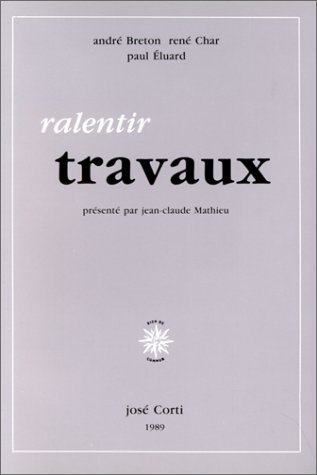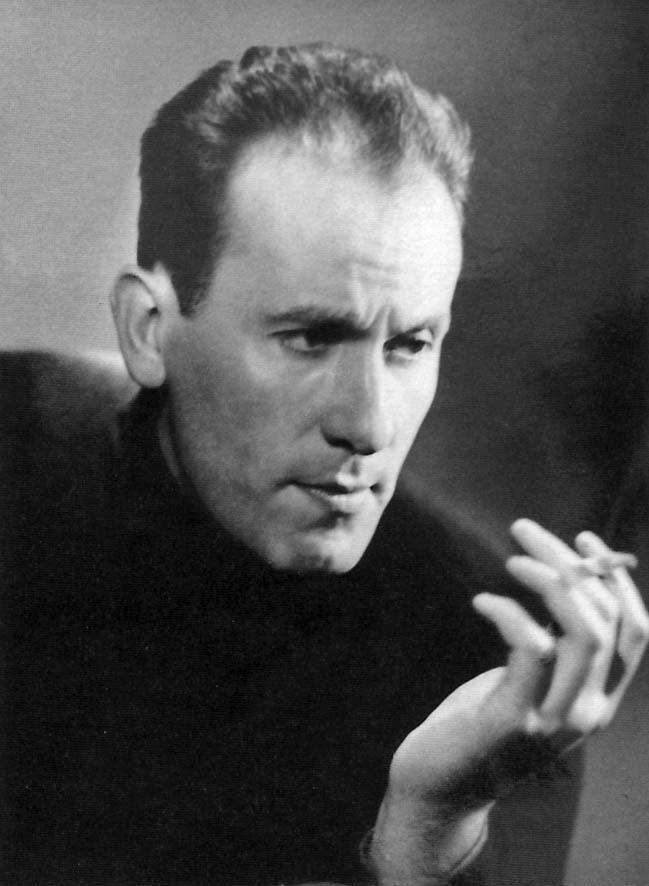
Ce petit recueil de trente brefs poèmes, précédés de trois non moins brèves préfaces par chacun des auteurs, est le fruit d'une expression poétique collective, née des retrouvailles de Breton, Char et Éluard à Avignon au printemps de 1930. "L'unité de ces poèmes à trois voix est tout à fait remarquable, l'engrenage d'une parole sur l'autre s'effectue en effet aisément. Tantôt c'est une forme syntaxique – temps, mode du verbe, jeu des pronoms – qui ordonne le poème, tantôt la reprise directe d'un terme, d'une expression ou divers parallélismes plus ou moins directs. (...) Outre leur apparentement formels, ces poèmes ont en commun une thématique aisément repérable. (...) Elle a trait à l'errance, aux découvertes que ménage le trajet."
Author

René Char spent his childhood in Névons, the substantial family home completed at his birth, then studied as a boarder at the school of Avignon and subsequently, in 1925, a student at L'École de Commerce de Marseille, where he read Plutarch, François Villon, Racine, the German Romantics, Alfred de Vigny, Gérard de Nerval and Charles Baudelaire. His first book, Cloches sur le cœur was published in 1928 as a compilation of poems written between 1922 and 1926. In late November 1929, Char moved to Paris, where he met Louis Aragon, André Breton, and René Crevel, and joined the surrealists. He remained active in the surrealist movement through the early 1930s but distanced himself gradually from the mid-1930s onward. Throughout his career, Char's work appeared in various editions, often with artwork by notable figures, including Kandinsky, Picasso, Braque, Miró, Matisse and Vieira da Silva. Char was a friend and close associate of Albert Camus, Georges Bataille and Maurice Blanchot among writers, Pablo Picasso, Joan Miró, Nicolas de Staël, Georges Braque and Victor Brauner among painters. He was to have been in the car involved in the accident that killed both Camus and Gallimard, but there was not enough room, and returned instead that day by train to Paris. The composer Pierre Boulez wrote three settings of Char's poetry, Le Soleil des eaux, Le visage nuptial, and Le marteau sans maître. A late friendship developed also between Char and Martin Heidegger, who described Char's poetry as "a tour de force into the ineffable" and was repeatedly his guest at La Thor in the Vaucluse.